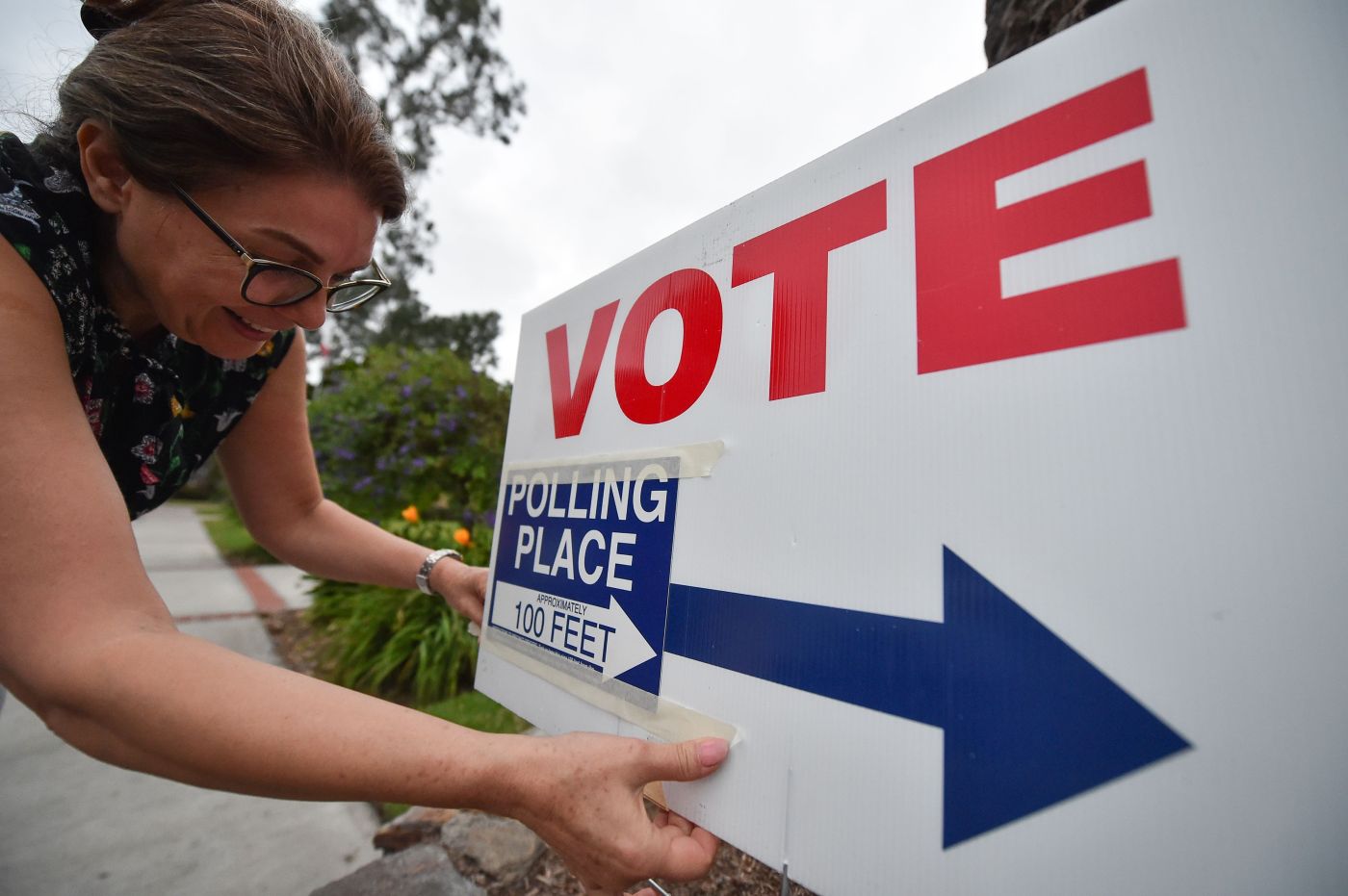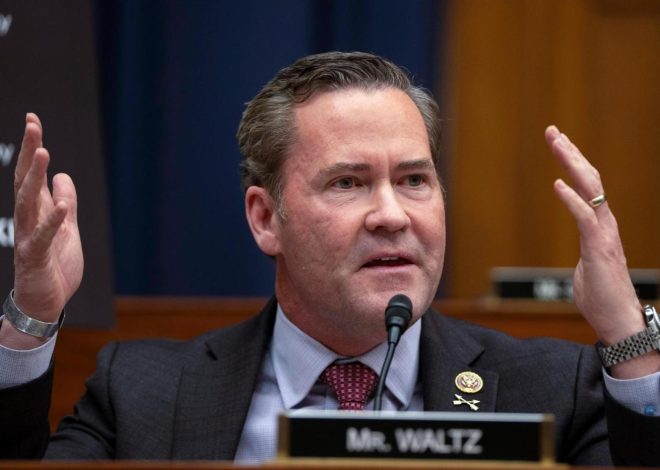
Klein: Fretting about election polls? Go do literally anything else
Here’s a bit of advice to help maintain your sanity over the next few weeks until Election Day: Just ignore the polls. Unless you’re a campaign professional or a gambler, you’re probably looking at them for the same reason the rest of us are: to know who’ll win. Or at least to feel like you know who’ll win. But they just can’t tell you that.
Back in 2016, Harry Enten, then at FiveThirtyEight, calculated the final polling error in every presidential election between 1968 and 2012. On average, the polls missed by 2 percentage points. In 2016, an American Association for Public Opinion Research postmortem found that the average error of the national polls was 2.2 points, but the polls of individual states were off by 5.1 points. In 2020, the national polls were off by 4.5 points, and the state-level polls missed, again, by 5.1 points.
You could imagine a world in which these errors are random and cancel one another out. Perhaps Donald Trump’s support is undercounted by 3 points in Michigan but overcounted by 3 points in Wisconsin. But errors often systematically favor one candidate or the other. In both 2016 and 2020, for instance, state-level polls tended to undercount Trump supporters. The polls overestimated Hillary Clinton’s margin by 3 points in 2016 and Joe Biden’s margin by 4.3 points in 2020.
In a blowout election, an error of a few points in one direction or another is meaningless. In the California Senate race, for example, Adam Schiff, a Democrat, is leading Steve Garvey, a Republican, by between 17 and 33 points, depending on the poll. Even a polling error of 10 points wouldn’t matter to the outcome of the race.
Too close to call
But that’s not where the presidential election sits. As of Thursday, The New York Times’ polling average had Kamala Harris leading Trump by 3 points nationally. That’s tight, but the seven swing states are tighter: Neither candidate is leading by more than 2 points in any of them.
Imagine the polls perform better in 2024 than they did in either 2016 or 2020: They’re off, remarkably, by merely 2 points in the swing states. Huzzah! That would be consistent with Harris winning every swing state. It would also be consistent with Trump winning every swing state. This is not some outlandish scenario. According to Nate Silver’s election model, the most likely electoral outcome “is Harris sweeping all seven swing states. And the next most likely is Trump sweeping all seven.”
Which is all to say: The polls can’t tell you the way in which they’re going to be wrong nor by how much. But that’s what matters now.
A race this tight is delightful for people who enjoy thinking about polling methodologies. My colleague Nate Cohn had a fascinating write-up last week of how polls are diverging based on whether pollsters are “weighting on recalled vote” or not. The short version is this: Pollsters are desperate to avoid the mistakes they made in 2016 and 2020, when they undercounted Trump supporters. So most pollsters are asking voters to recall who they voted for in 2020 and then using that information to make sure Trump voters are fully represented. Pollsters who do that are getting results that show a very 2020-like pattern in voting. Pollsters who don’t do that are seeing substantially different results.
But people are notoriously bad at recalling past votes. Using that data may just bias polls further. In a month or so, we’ll (hopefully) know which methodological choice was right. But until then, if you’re not a professional pollster, do you really need to be spending the fleeting minutes you have on this earth thinking about weighting on recalled votes? Call people you care about and tell them you love them. Take 10 deep breaths and watch where your mind wanders. Do literally anything else.
A very stable voter
Here’s the other reason you can safely tune out the daily polling news: The polls are remarkably, eerily stable.
Related Articles
Trump Coachella rallygoers stranded in dark, miles from their cars after speech, reports say
Man arrested with weapons near Trump’s California rally doubles down on support for ex-president
Legislative majorities giving one party all the power are in play in several states
Republican lawsuits target rules for overseas voters, but those ballots are already sent
Election Day: What to know about voting, security across the US
A week before the Harris-Trump debate in September, Harris led Trump by 3 points. Then came the debate, during which Trump turned in the second-worst debate performance in recent memory. Then came another attempted assassination of Trump, after the shooting at a campaign rally in July. Then the Federal Reserve cut interest rates by 50 basis points. Then Israel launched a ground invasion of Lebanon. Then came the vice presidential debate. Then came a surprisingly strong jobs report. In this period, Harris released an 82-page booklet of policy proposals, and Jack Smith, the special counsel prosecuting Trump in the Jan. 6 case, filed a 165-page brief adding new details of Trump’s efforts to overturn the results of the 2020 election. After all that, Harris is now leading Trump by … 3 points.
There are voters who are still undecided, but they are, almost by definition, voters who pay less attention to political news and are either so uninterested in politics or so cynical about both candidates that nothing has yet caused them to make up their minds. There are many more voters whose minds are made up but may or may not actually fill out ballots by Election Day. These are the voters who will decide the election, and they’re not tipping their hands yet.
I suspect, if you’re reading this column, you’re not one of those voters. So give yourself a break. Step off the emotional roller coaster. If you want to do something to affect the election, donate money or time in a swing state — ideally to a state party or down-ballot race, where your efforts will go further — or volunteer in a local race. Call anyone in your life who might actually be undecided or might not be registered to vote or might not make it to the polls. And then let go. There’s nothing more you can do and nothing more the polls can do for you.
Ezra Klein is a New York Times columnist.


